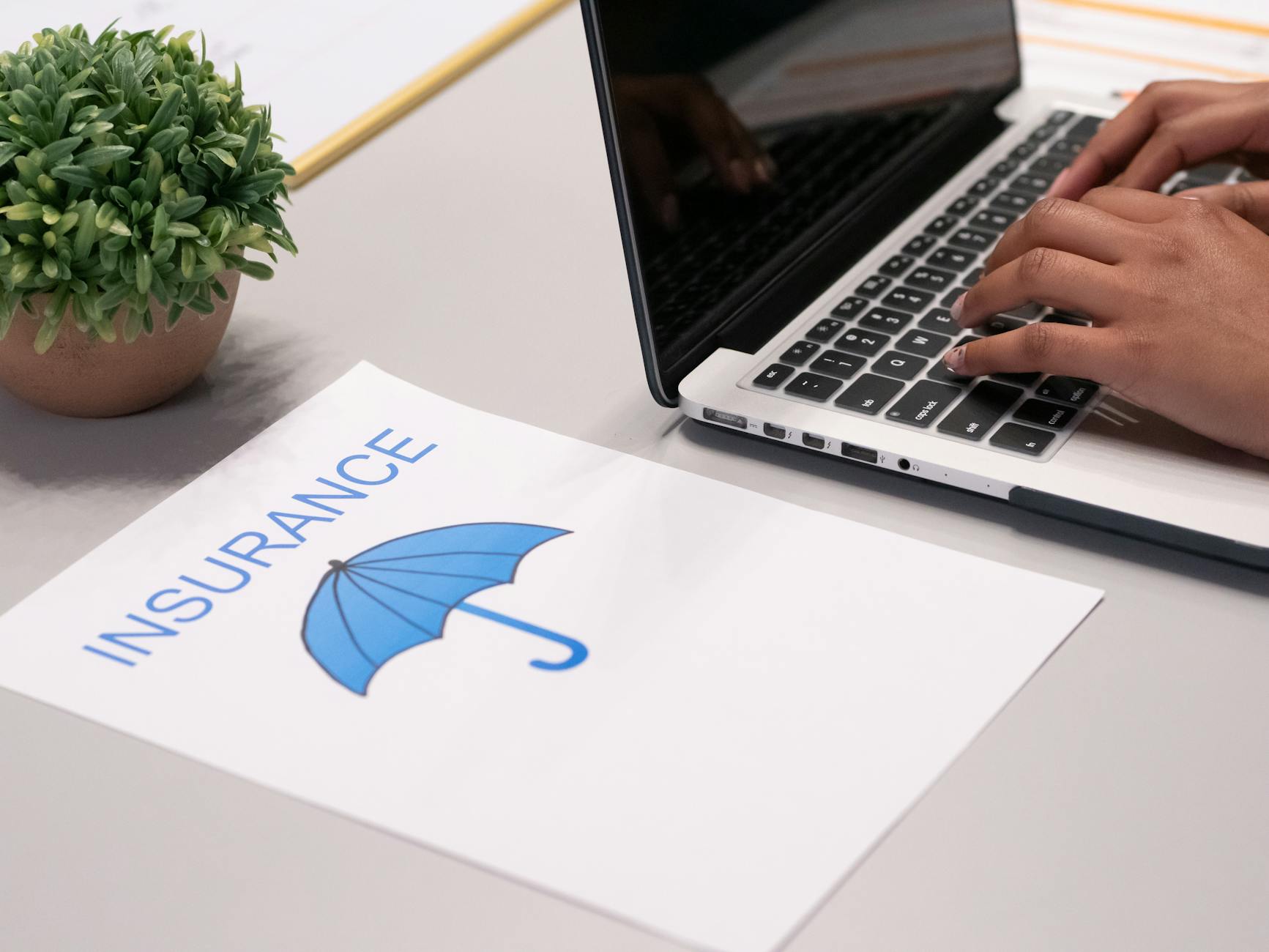This post contains affiliate links, which means I may earn a small commission at no cost to you if you make a purchase through my link. Information provided for educational purposes only. Please consult experts and professionals before taking action on the below.
Consider sponsoring this post to help us share this knowledge with others!
Subscribe to Run The Money on Substack for more insights on financial resilience, audience growth, and building freedom in uncertain times.
Key Takeaways:
- Commercial General Liability (CGL) insurance is essential for safeguarding businesses from potential risks.
- The scope of CGL insurance can vary and often needs to be customized to meet specific business needs.
- Understanding and applying the correct coverage is crucial for business continuity and risk management.
Introduction to CGL Insurance
In today’s dynamic business environment, risk is an ever-present element that businesses must deftly manage to ensure continued prosperity and stability. Commercial General Liability, often called CGL insurance, provides a crucial defense against various potential claims that companies might encounter. At its core, CGL insurance is designed to cover claims related to bodily injury, property damage, and a range of other liabilities that can emerge from routine business operations. For business owners navigating the complexities of risk management, understanding what does commercial general liability insurance cover is essential for crafting an effective shield against uncertainties.
The need for CGL insurance is universal, extending across industries and business sizes. Whether you operate a small local bakery or manage the operations of a large corporation, the threat of legal actions stemming from accidents or damages is genuine. Lawsuits can be financially debilitating and damaging to a business’s reputation, making CGL insurance a necessity and a strategic component of any sound business plan.
Essential Components of CGL Coverage
A comprehensive CGL policy is multi-faceted, independently targeting several business risk areas. First and foremost, it addresses property damage and bodily injury, where the insurance covers incidents occurring on company premises or as a direct result of business operations. For instance, if a customer slips and falls in your store, CGL insurance covers medical costs and potential legal fees, relieving considerable financial pressure on the business.
Beyond that, CGL insurance includes medical payment coverage. This ensures that minor injuries sustained by non-employees on the business premises can be addressed promptly and without fault. Lastly, the policy often extends to personal and advertising injury, protecting against claims relating to slander, libel, copyright infringement, and wrongful entry. This component is increasingly important in today’s digital age, where businesses are more interconnected and operate on multiple platforms, exposing them to higher risks in terms of advertising and personal injury claims.
Common Risks Covered by CGL
The business world is fraught with unexpected incidents that can lead to liability claims. CGL insurance covers many common risks, ensuring businesses are prepared for eventualities like slip-and-fall accidents, among the most frequent claims in retail and commercial spaces. Similarly, companies involved in manufacturing or construction can face claims due to defective products or artistry, situations that CGL policies are designed to handle.
Also, negligence can drive liability claims, resulting in third-party injury or property damage. For example, a contractor’s oversight might lead to a damaged neighboring property, or delivery logistics could inadvertently result in a public accident. CGL insurance acts as a protective measure in each case, allowing businesses to address these issues without compromising operational stability or financial health.
Who Needs CGL Insurance?
The scope of CGL insurance extends across various business models, from small enterprises to global corporations. Small business owners, often operating with limited financial cushions, stand to benefit significantly from the robust protection CGL insurance offers. A single lawsuit over an accident or injury claimed to occur due to negligence can spell disaster for businesses unprepared with adequate insurance coverage.
Industries with a higher propensity for physical interaction or inherent risk, such as construction, manufacturing, and retail, find CGL insurance vital. However, service-oriented businesses, although less prone to tangible risks, should not overlook the importance of CGL insurance. Professional and advertising liabilities can be just as financially debilitating, underscoring the universal need for this insurance as a critical component of any business’s risk management toolkit.
Essential Considerations When Choosing a CGL Policy
Choosing the right CGL policy for your business demands a thorough assessment of your unique risks and operational needs. Aligning a policy with your business’s size, industry dynamics, and specific operational risks ensures you’re neither over-insured nor under-protected.
Businesses should conduct a comprehensive risk assessment, considering potential scenarios that might necessitate claims. Engaging with insurance advisors specializing in CGL policies can also assist in tailoring policy limits and coverages, addressing specific needs such as higher coverage for medical payments or specialized protection against advertising-related claims. This approach ensures adequate coverage without unnecessary expenditure.
How to Manage CGL Claims Effectively
Once a CGL policy is secured, effective claims management becomes crucial in maximizing the coverage’s benefits. Training employees on the claims process, keeping detailed incident records, and maintaining proactive communication with insurers are essential practices. These steps ensure the business can smoothly strategize and expedite the claims process when an incident occurs.
Clear procedures and documentation facilitate efficient claim resolutions and empower businesses to rapidly return focus to core operations. This approach minimizes disruptions and ensures the company can operate smoothly, even amidst the inherent uncertainties of liability claims.

Leave a Reply